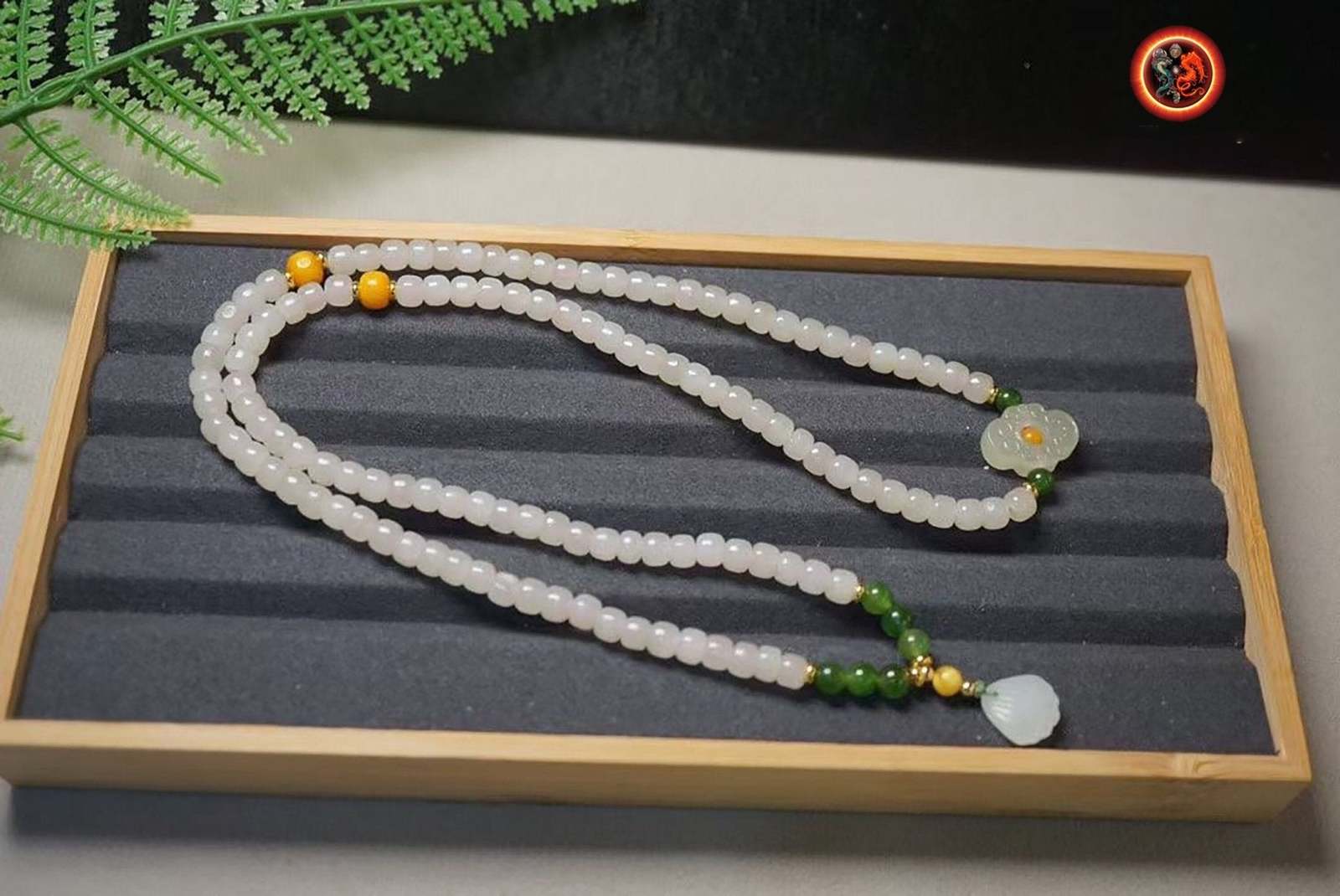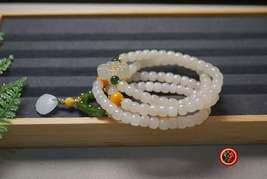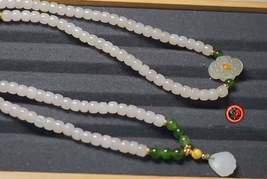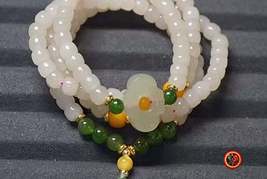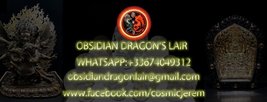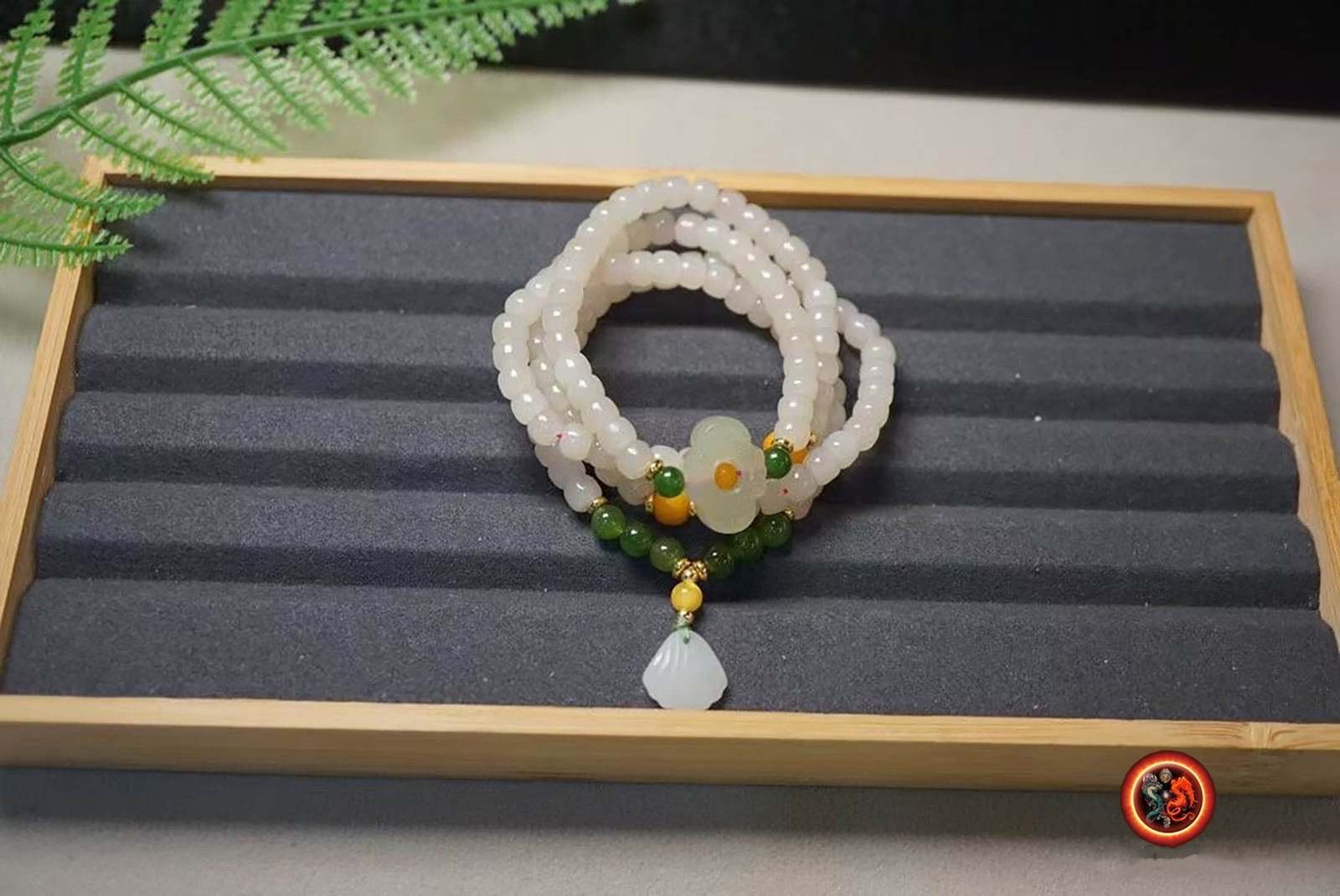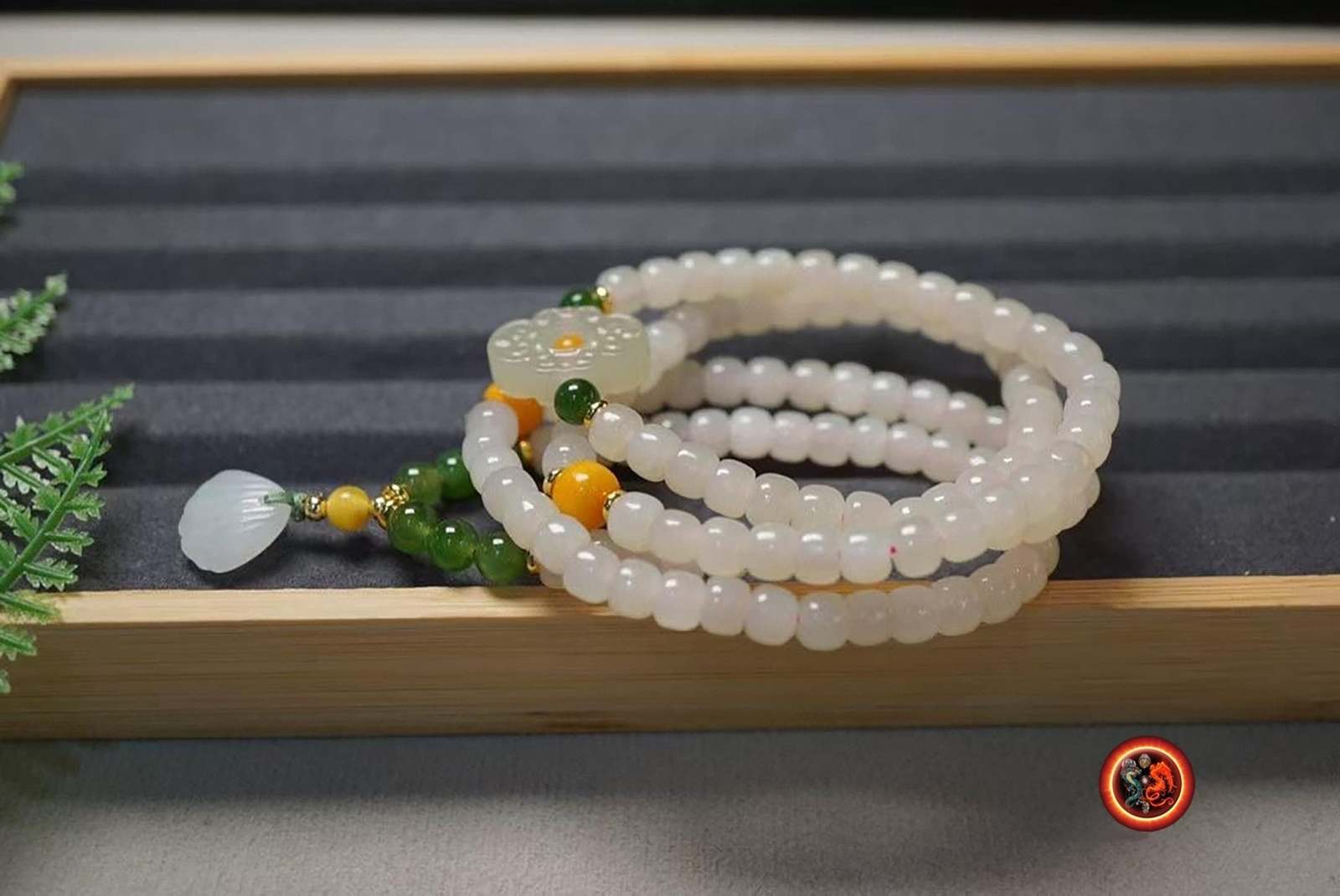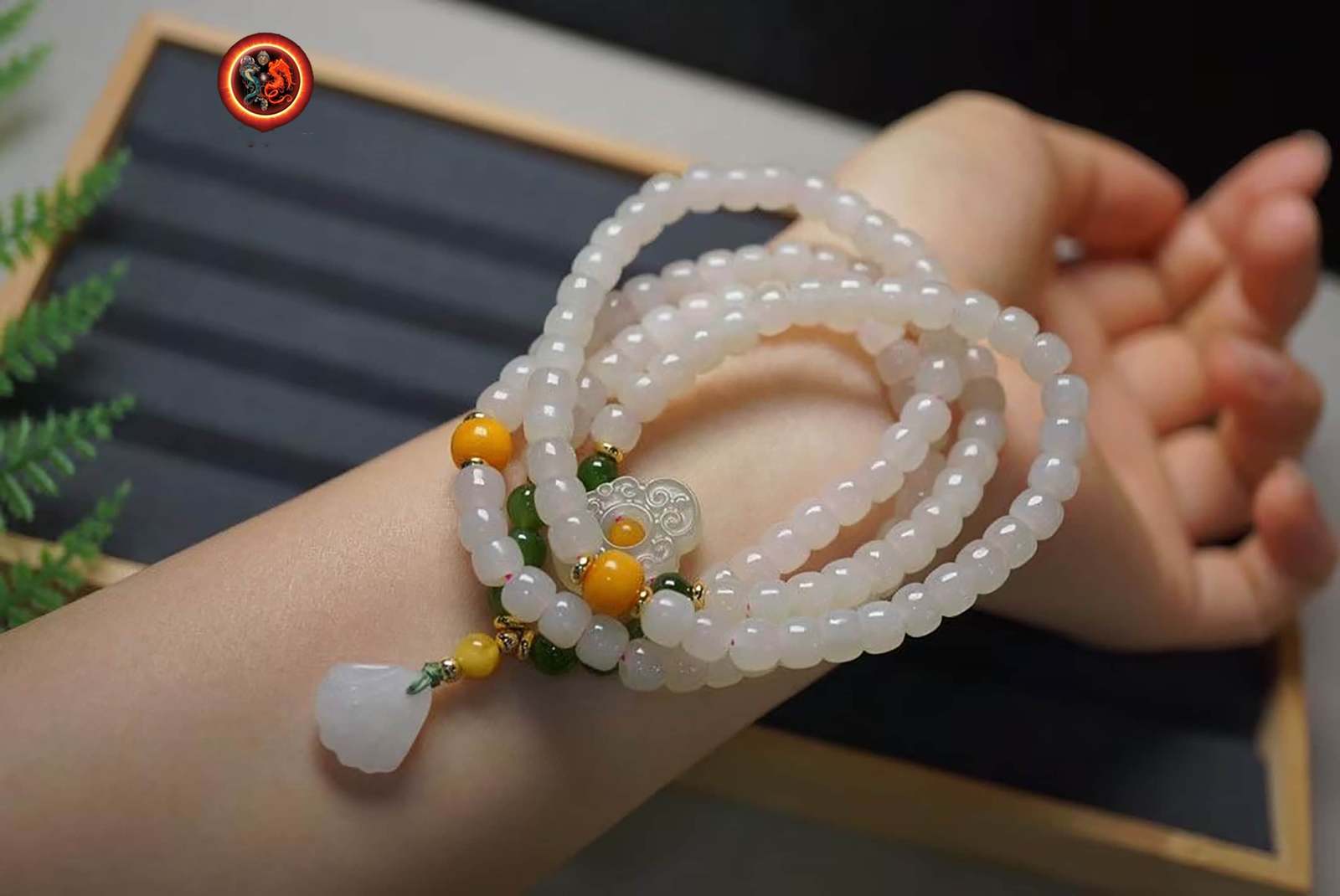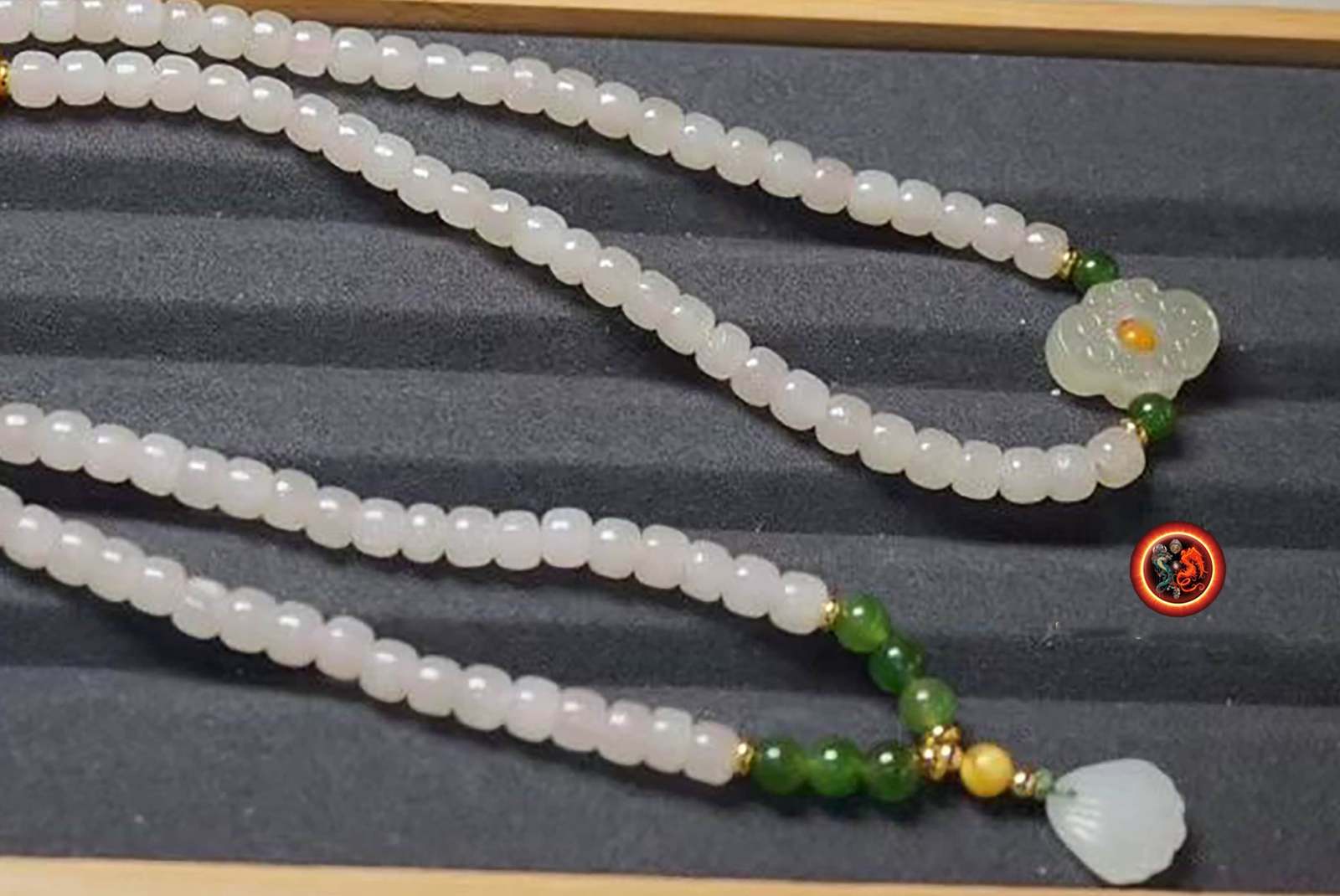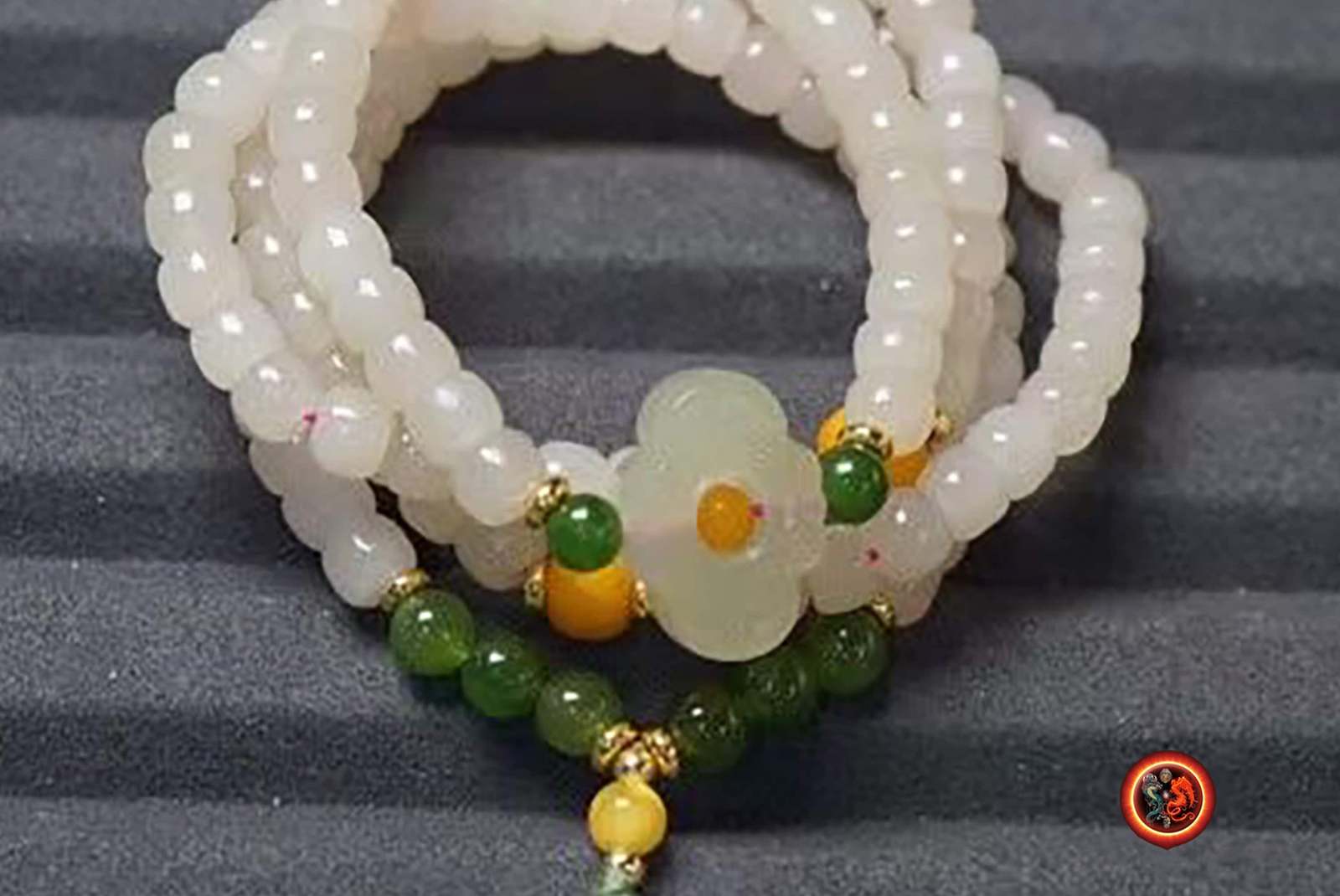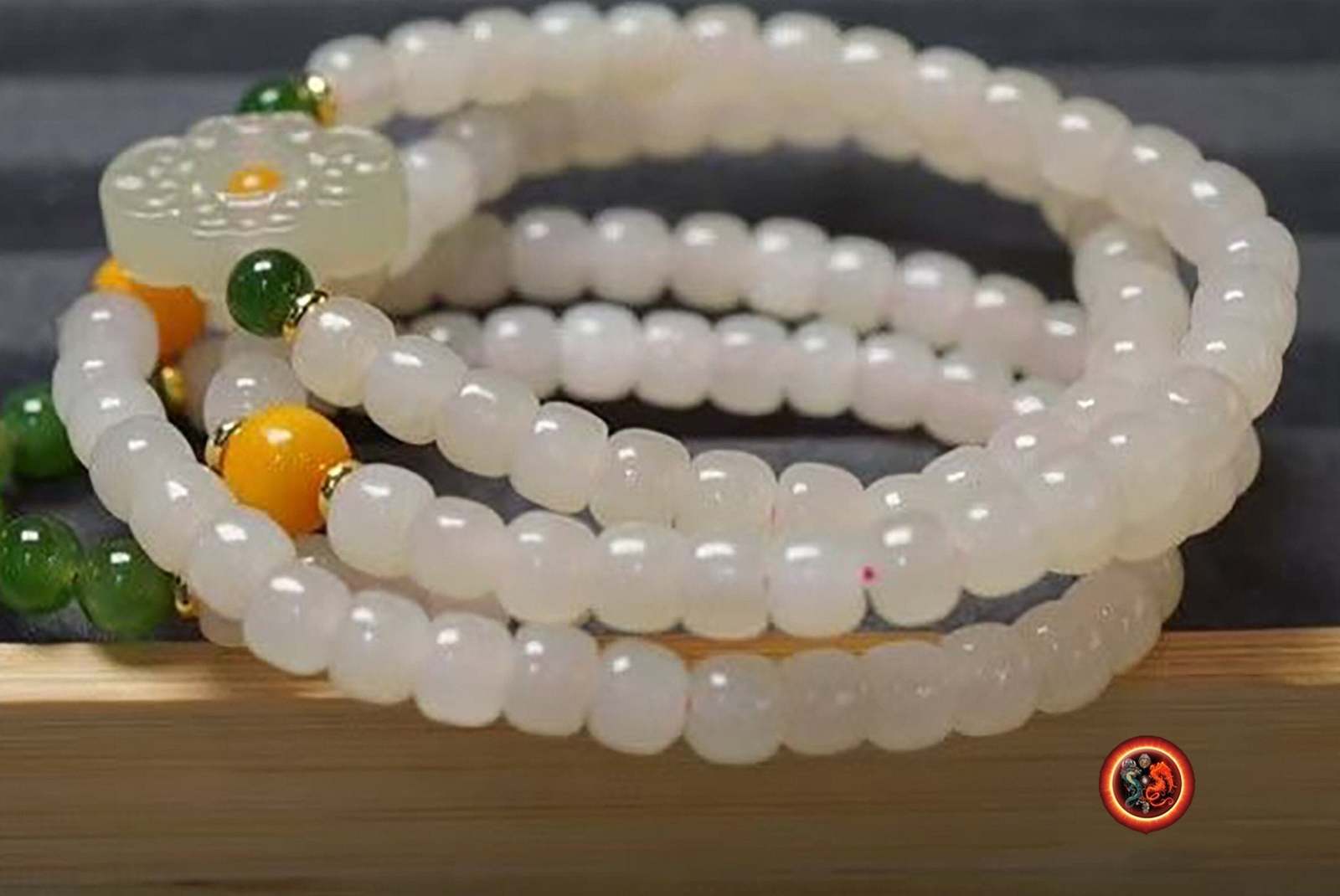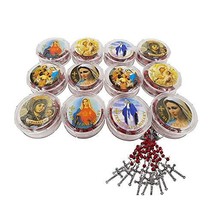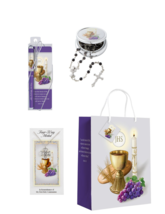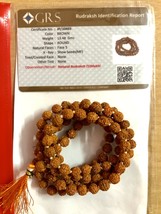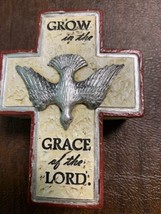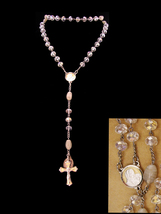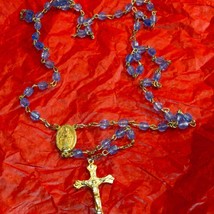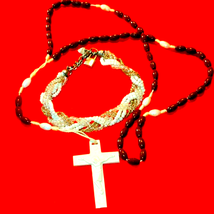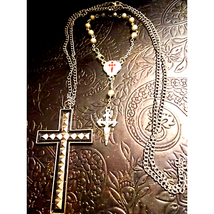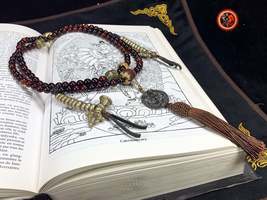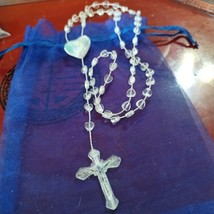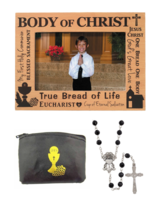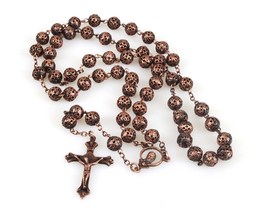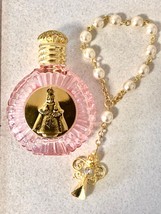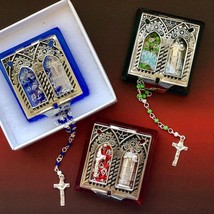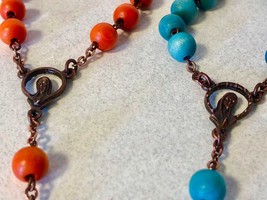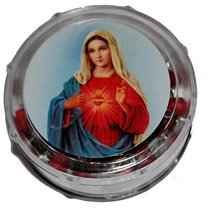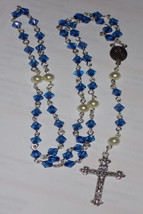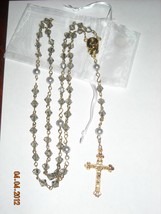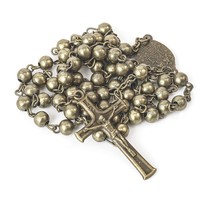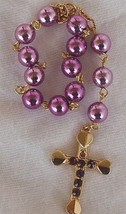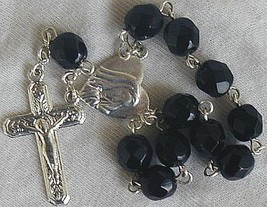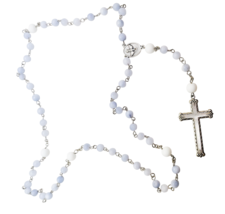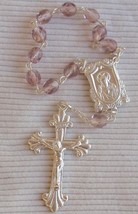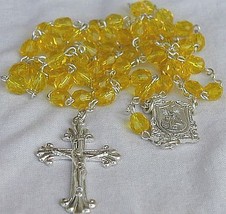Mala, Tibetan Buddhist Rosary 108 White and 50 similar items
Free Shipping
Mala, Tibetan Buddhist Rosary 108 White Nephrite Jade Beads
$264.00
View full item details »
Shipping options
Estimated to arrive by Wed, May 21st.
Details
FREE via International Shipping (2 to 3 weeks) to United States
Ships from
China

Offer policy
OBO - Seller accepts offers on this item.
Details
Return policy
Full refund available for DOAs
Purchase protection
Payment options
PayPal accepted
PayPal Credit accepted
Venmo accepted
PayPal, MasterCard, Visa, Discover, and American Express accepted
Maestro accepted
Amazon Pay accepted
Nuvei accepted
View full item details »
Shipping options
Estimated to arrive by Wed, May 21st.
Details
FREE via International Shipping (2 to 3 weeks) to United States
Ships from
China

Offer policy
OBO - Seller accepts offers on this item.
Details
Return policy
Full refund available for DOAs
Purchase protection
Payment options
PayPal accepted
PayPal Credit accepted
Venmo accepted
PayPal, MasterCard, Visa, Discover, and American Express accepted
Maestro accepted
Amazon Pay accepted
Nuvei accepted
Item traits
| Category: | |
|---|---|
| Quantity Available: |
Only one in stock, order soon |
| Condition: |
Unspecified by seller, may be new. |
| Type: |
mala |
Listing details
| Seller policies: | |
|---|---|
| Shipping discount: |
No combined shipping offered |
| Posted for sale: |
More than a week ago |
| Item number: |
1498004654 |
Item description
The mala, trengwa, in Tibetan is the Buddhist rosary, the object whose
monk (or even the lay practitioner) almost never separates, holding him to the
hand or wraps around the wrist. The mala is first of all a utilitarian object:
it serves as a tactile support for the recitation of mantras, at the same time as it is
used to count them if we have decided to repeat a defined number. THE
mala is composed of 108 strung beads, which justifies its name, since it
simply means "garland" (of beads). The different components contain
each a symbolic meaning specify: The large pearl (or head of
Buddha) which closes the circle represents the knowledge of emptiness. The little
cone which surmounts it is the mark of emptiness itself.
As a gemologist graduated from the National Institute of Gemmology in Paris,
all our stones are appraised and certified.
As Malakara, we make all of our malas ourselves
scrupulously respecting tradition.
Mala, Tibetan Buddhist rosary
108 5/5.8mm barrel white nephrite jade beads.
Nephrite jade lotus in Grade A Jade finish neither treated nor dyed,
Polar jade also grade A
Alashan Agates
Exceptional piece delivered with laboratory certificate
The colors of jade:
Primary colors, such as white, black, purple, and green, are
due to a partial substitution of aluminum ions in the structure of the
jadeite. Pure jadeite, NaAlSi2O6, is colorless or white, but if chromium
where iron replaces aluminum, the color resulting from this substitution
can then be green.
This first group of colors is directly related to the structure, and therefore
is called the primary group. Secondary colors such as red and
yellow, appear when jadeite has been exposed to the earth's surface.
Oxidation and hydrolysis lead to the decomposition of the surface and the
solutions containing ferric oxide infiltrate jadeite to form
limonite and hematite in the intergranular spaces, hence the color
yellow or red.
As the color group occurs after the crystallization of jadeite, one
calls it secondary group. It is also called the "skin color" of the
raw jadeite. White jadeite: the composition of white jadeite has a
pure chemical composition without ions such as chromium or iron causing
the colour. Under the microscope, the crystals appear clean, without alteration
chemical.
This result is confirmed by X-ray diffraction analysis. Jadeite
violet: violet-colored jadeite exists in several tonalities
different: pink violet, bluish violet and red violet.
In general, jadeite of this color is rather pale. We have long thought
that purple jadeite was stained by manganese ions, but no data
no convincing analytical support for this view. In 1974, G.R. Rossman
suggested that the purple color was due to ferrous transition elements
and ferric. This was confirmed by carrying out measurements of the spectrum of the
visible light.
|
Why are we showing these items?
Search Results
Rosary, religious products & supplies |

-
Refine your browsing experience
We can show you more items that are exactly like the original item, or we can show you items that are similar in spirit. By default we show you a mix.
This item has been added to your cart
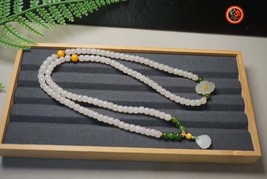 Mala, Tibetan Buddhist Rosary 108 White Nephrite Jade Beads added to cart.
Only one available in stock
Mala, Tibetan Buddhist Rosary 108 White Nephrite Jade Beads added to cart.
Only one available in stock
View Cart or continue shopping.
 Please wait while we finish adding this item to your cart.
Please wait while we finish adding this item to your cart.
Get an item reminder
We'll email you a link to your item now and follow up with a single reminder (if you'd like one). That's it! No spam, no hassle.
Already have an account?
Log in and add this item to your wish list.



